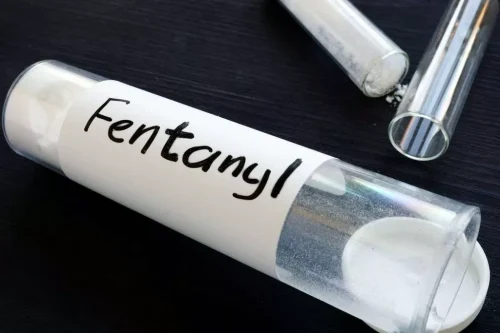Learning to navigate drinking triggers in daily life can be difficult. A recovery coach can give you tools for dealing with strong alcohol cravings, help you set achievable goals, manage shame and stress, and track your progress accurately. Having an experienced person to talk to about your unique challenges can give you the confidence and the skills to keep moving forward when the going gets tough. You might also want to discuss the time which you take your medication with your provider. Some people find that taking their daily dose one hour before they would typically drink or experience cravings works best, while others don’t notice any difference in therapeutic effect throughout the day. Your physician will help you find the right dosage, manage side effects, and determine the best time to take the medication based on your experience and health needs.

Expert Tips For Reducing Your Alcohol Consumption
Of course, addressing your triggers at the source can also go a long way toward helping you make lasting changes. You might notice stressful or tense situations tend to fuel cravings more often than not. Other helpful distractions might include meditation, calling a sober buddy, or taking a shower, Hank suggests. A positive distraction can help occupy your thoughts and energy, giving you something to focus on besides the urge to drink.
Recognize and Avoid Internal and External Triggers
Repeated practice of mindfulness and meditation can change how the brain responds to cravings, improving chances of recovery. They rear their intrusive heads in moments of vulnerability, sabotaging your well-intentioned journey towards an alcohol-free life. Alcohol cravings are a common obstacle for many on the road to recovery, but you don’t have to remain victim to them. Alcohol cravings are composed of several how to reduce alcohol cravings thoughts, physical sensations, and/or emotions that increase the urge or desire to want to drink, even if a person does not want to drink. This can result in individuals experiencing an internal battle between wanting to and not wanting to give in to cravings, which can be stressful and upsetting. Having a long-term plan for managing alcohol cravings can help prevent and overcome them when they do occur.
Importance of Family and Friends
There is some scientific evidence suggesting acupuncture provided by a qualified practitioner can help cut alcohol consumption and lessen alcohol withdrawal symptoms (11). Naltrexone is a medication that belongs to a group of drugs known as opioid antagonists. It binds to and blocks opioid receptors in the brain, which reduces the buzz and intoxicated feeling you get from drinking alcohol. For some people, being at a social event may not be helpful to sobriety and for some other people; loneliness may lead to Craving a drink. Some common triggers are negative emotions, bars and drinking spots, social events, being around friends, sudden trauma, and stress. However, many people experience them as intense stress or anxiety if they cannot drink.
- Learning more about the science behind cravings can help you better understand your experience and what to expect in the alcohol recovery timeline.
- Once drinking becomes a habit, your brain gets used to the good feelings that come with alcohol.
- Quitting nicotine is the only way to successfully cure tobacco use disorder, and you must make a conscious effort to quit.
- That’s why the positive effects of naltrexone are amplified when combined with other treatment options such as specialized alcohol therapy and alcohol support groups.

If you feel comfortable doing so, discuss your challenges with your primary healthcare professional. Finding a therapist can also be a great starting point if you’re uncomfortable opening up to your healthcare professional. Feeling at your best physically can boost resilience and emotional strength, equipping you to weather challenges that trigger the desire to drink.
However, it’s possible to manage these urges effectively with the right strategies and mindset. Initially, during acute alcohol withdrawal, they can be very intense. However, cravings may persist beyond the detox phase and throughout early recovery. Some people experience post-acute withdrawal syndrome (PAWS), where cravings can last for several months or longer. Everyone’s timeline is unique, and cravings usually lessen over time. No matter how long your cravings last, there are many ways to cope with the urge to drink.

What are Treatment Options for Alcohol Addiction?
- Antioxidant-rich fruits and vegetables, such as berries, leafy greens, and colorful bell peppers, are packed with vitamins, minerals, and phytochemicals that support brain health and reduce oxidative stress.
- These tips can be helpful for those making changes in their drinking on their own and not in an alcohol use disorder treatment program.
- It’s important to note that naltrexone is not a “miracle drug” in itself, and is most effective in combination with other treatment modalities.
- When they occur, alcohol cravings can feel overwhelming, even if they last only a few minutes.
For example, high-protein foods such as lean meats, fish, tofu, and legumes can help stabilize blood sugar levels and provide the amino acids necessary for neurotransmitter production. These neurotransmitters, like serotonin and dopamine, play a crucial role in regulating mood and cravings. While it’s clear alcohol can tug at the brain’s reward system, it’s less known that diet can also affect craving.


